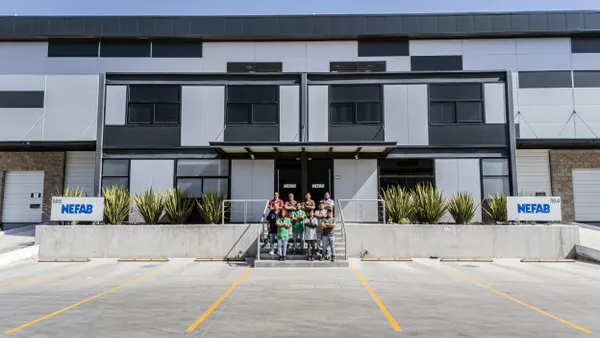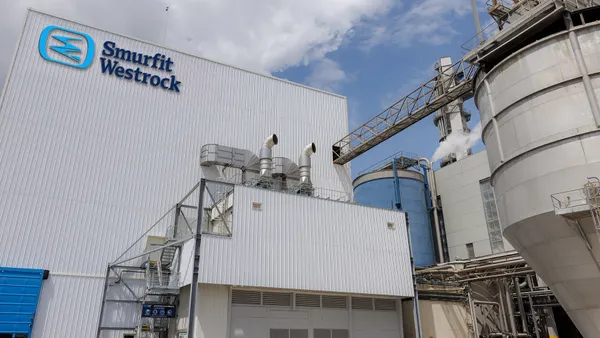An unexpected dip in producer prices last month could signal the federal government is making progress with getting a handle on inflation, but the Bureau of Labor Statistics’ producer price index data released last week show a mixed bag for various packaging sectors.
The agency said in its report that PPI for final demand in February increased 4.6% year over year, and it decreased 0.1% month over month. Economists generally had predicted a rise of 5.4% and 0.3%, respectively, according to Reuters. The month-to-month decrease was led by final demand goods, which fell 0.2%, following January’s 1.2% increase.
The PPI report also breaks down data for select commodity groupings. The commodities groupings include some used for manufacturing packaging, including fiber and plastics. Generally, these commodities experienced year-over-year increases and monthly dips.
- Plastic packaging products: rose 2.5% year over year but fell 0.7% month over month
- Paperboard: rose 6.8% year over year but fell 0.8% month over month
- Paper boxes and containers: rose 10.7% year over year and rose 0.3% month over month
Paper box producers have faced particular price pressure in recent months as demand and prices plummeted and manufacturers’ input costs increased.
The overall downturn in costs shown in the PPI could be an early sign that inflation is beginning to stabilize, but similar patterns would have to occur in the coming months to identify a clear trend. The decrease indicates goods were slightly less expensive to produce.
The producer price index tracks the change over time in the costs for domestic goods or services from the perspective of the seller, compared with the consumer price index, which tracks costs from a purchaser’s perspective. PPI is a leading indicator of inflation trends and the U.S. economy’s health, and it will play into the Federal Reserve’s decision this week about whether and how much to raise interest rates.














